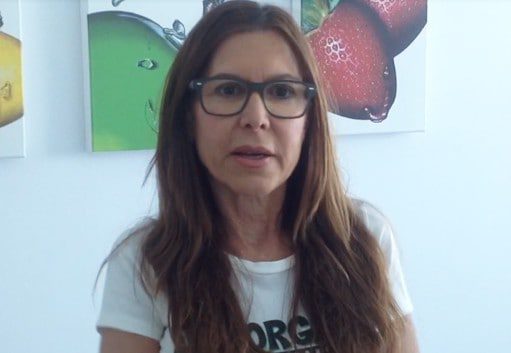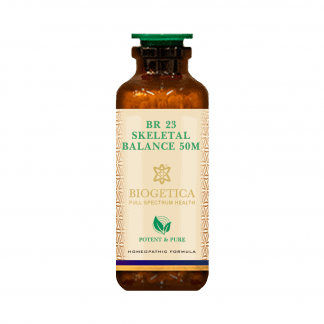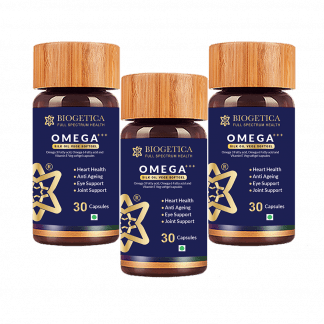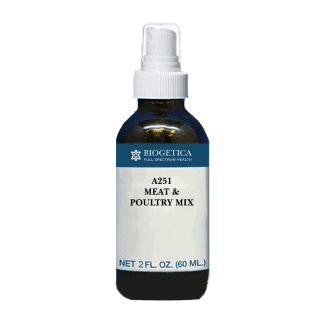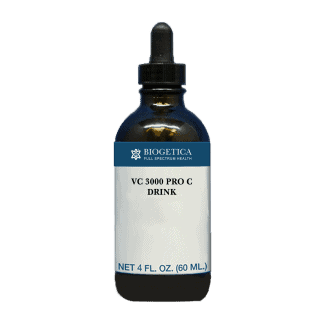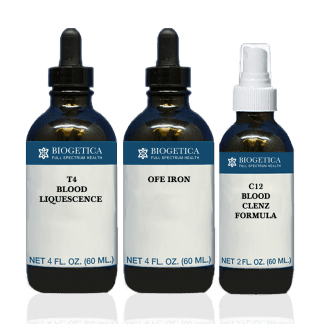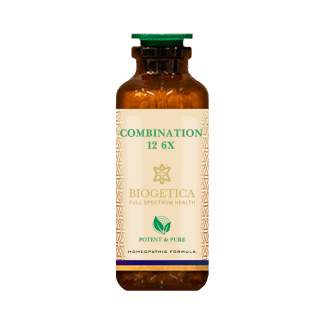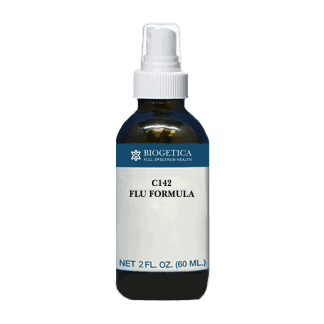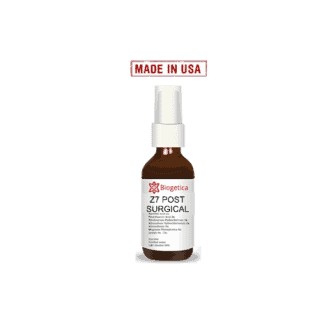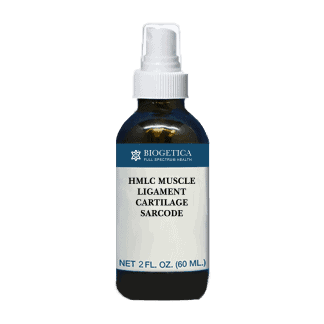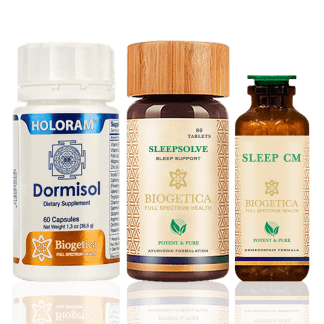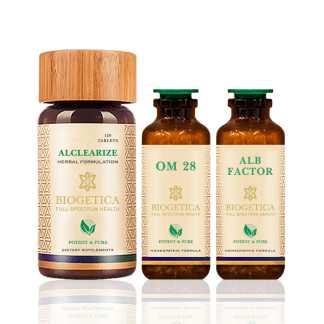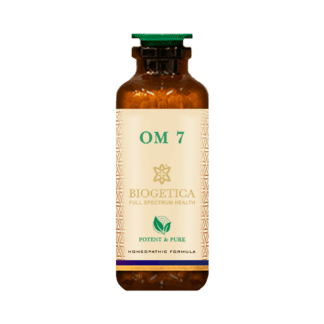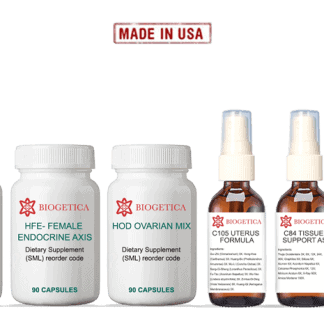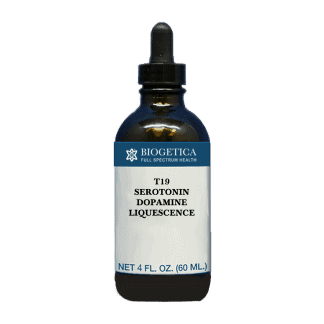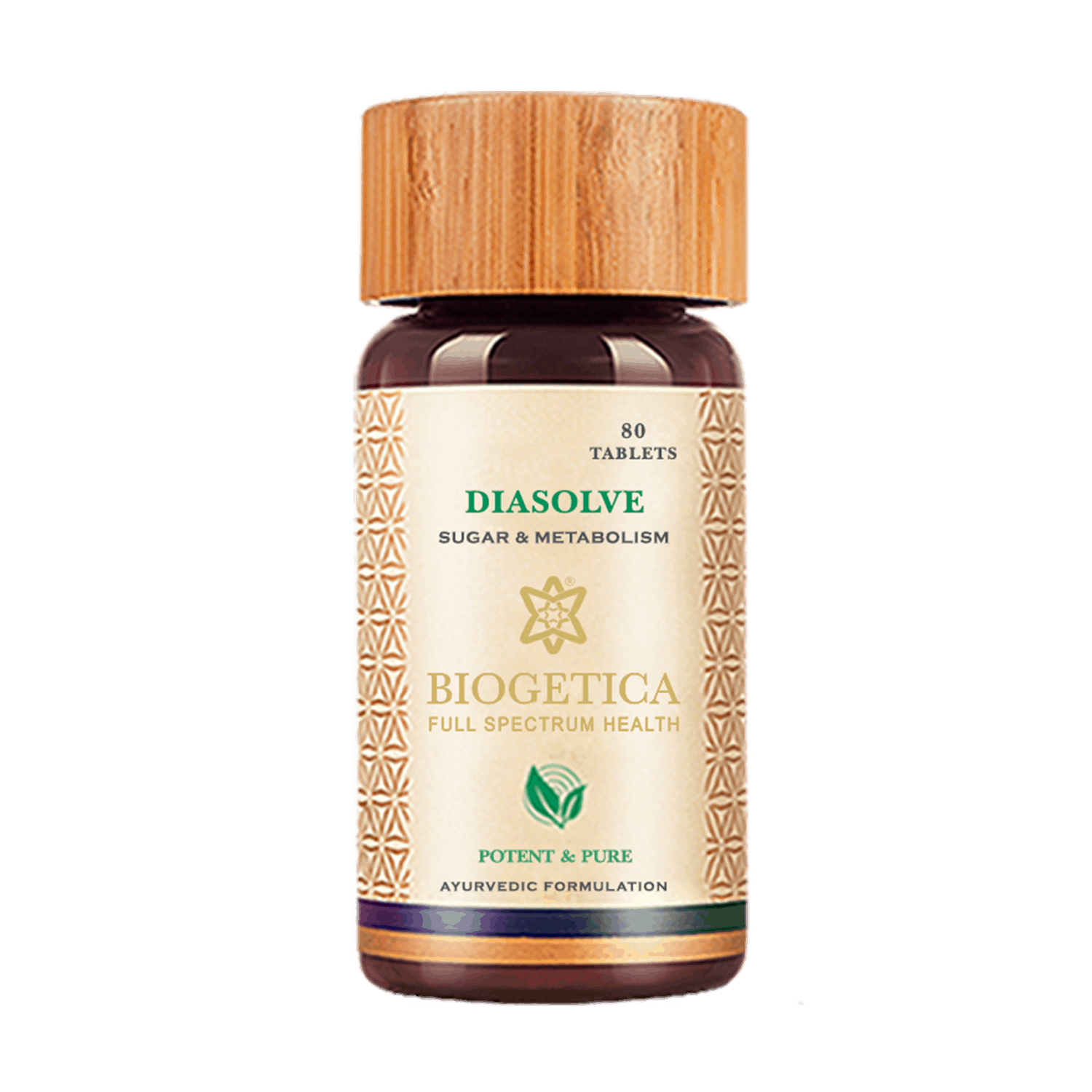
$ 39.00
 90 Day money back guarantee 100% NATURAL
90 Day money back guarantee 100% NATURAL
Diasolve 80 Tablets
DIASOLVE is formulated based on the ancient Ayurvedic system of healing, It contains anti-oxidants that are believed to improve metabolic processes.** ...Read More
$ 39.00
100% NATURAL
90 GARANTÍA DE DEVOLUCIN DE DINERO POR DÍA
Sugar Metabolism
Diasolve contains full spectrum extracts of Ayurvedic herbs traditionally believed to enhance sugar metabolism.
Diasolve is traditionally believed to work on by:
• Binding dietary fat and excreting excess cholesterol.
• Controlling and stabilizing blood sugar levels.
• Protecting the pancreas from damage caused by free radicals.
• Regenerating pancreatic beta cells.
• Regulating blood sugar.
• Increasing metabolism.
• Eliminating fatigue.
• Reducing excessive desire for foods that are high in sugar (sweet).
• Eliminating excessive thirst.
Each tablet contains extracts of:
Gudmar (Gymnema sylvestre) leaf, Jamun (Syzygium cumini) seed, Karela (Momordica charantia) fruit, Saptarangi (Salicia reticulata) wood, Haridra (Curcuma longa) rhizome, Guduchi (Tinospora cordifolia) stem, Vijaysar (Pterocarpus marsupium) wood, Methi (Trigonella foenum-graecum) seed, Neem (Azadirachta indica) leaf, Dalchini (Cinnamomum zeylanicum) bark, Shilajit (Asphaltum) gum exudate, Pippali (Piper longum) fruit.
Dosage: 1 tablet 2-3 times daily 30 minutes before meals.
Research Studies on Ingredients of Diasolve
- Gudmar (Gymnema sylvestre) leaf
Features: Comprises gymnemic acids.
Benefits: Contributes to diminished sugar absorption in the gut and enhances insulin activity, leading to potential moderation of blood sugar levels[1]. - Jamun (Syzygium cumini) seed
Features: Enriched with jamboline and jambosine.
Benefits: Offers anti-diabetic traits, assisting in the moderation of blood sugar levels[2]. - Karela (Momordica charantia) fruit
Features: Encompasses charantin, vicine, and polypeptide-p.
Benefits: Aids in regulating blood sugar levels and optimizing glucose metabolic processes[3]. - Saptarangi (Salacia reticulata) wood
Features: Holds compounds like salacinol and kotalanol.
Benefits: Restricts enzymes involved in carbohydrate breakdown, potentially curtailing post-prandial blood sugar rises[4]. - Haridra (Curcuma longa) rhizome
Features: Enriched with curcumin.
Benefits: Showcases anti-inflammatory and antioxidant characteristics, potentially optimizing insulin responsiveness and blood sugar regulation[5]. - Guduchi (Tinospora cordifolia) stem
Features: Comprises berberine.
Benefits: Assists in optimizing glucose metabolism and moderating blood sugar concentrations[6]. - Vijaysar (Pterocarpus marsupium) wood
Features: Contains the compound pterostilbene.
Benefits: Traditionally embraced in Ayurveda for its potential in blood sugar regulation[7]. - Methi (Trigonella foenum-graecum) seed
Features: Encompasses soluble fiber and saponins.
Benefits: May mitigate blood sugar by decelerating carbohydrate digestion processes[8]. - Neem (Azadirachta indica) leaf
Features: Holds nimbin and azadirachtin.
Benefits: Exhibits potential anti-hyperglycemic attributes[9]. - Dalchini (Cinnamomum zeylanicum) bark
Features: Enriched with cinnamaldehyde.
Benefits: Augments insulin sensitivity and moderates blood sugar concentrations[10]. - Shilajit (Asphaltum) gum exudate
Features: Incorporates fulvic acid and diverse minerals.
Benefits: Traditionally vouched for its revitalizing properties and metabolic process enhancement, indirectly supporting sugar metabolism[11]. - Pippali (Piper longum) fruit
Features: Contains elements like piperine.
Benefits: While primarily recognized for lung and respiratory system rejuvenation, it also furnishes potential cardiovascular advantages[12].
Referencias
- Shanmugasundaram ER, et al. Use of Gymnema sylvestre leaf extract in the control of blood glucose in insulin-dependent diabetes mellitus. Journal of Ethnopharmacology. 1990.
- Ayyanar M, Subash-Babu P. Syzygium cumini (L.) Skeels: a review of its phytochemical constituents and traditional uses. Asian Pac J Trop Biomed. 2012.
- Joseph B, Jini D. Antidiabetic effects of Momordica charantia (bitter melon) and its medicinal potency. Asian Pac J Trop Dis. 2013.
- Collene AL, et al. Effects of a nutritional supplement containing Salacia oblonga extract and insulinogenic amino acids on postprandial glycemia, insulinemia, and breath hydrogen responses in healthy adults. Nutrition. 2005.
- Aggarwal BB, et al. Curcumin: the Indian solid gold. Adv Exp Med Biol. 2007.
- Stanely P, Prince M, Menon VP. Hypoglycaemic and other related actions of Tinospora cordifolia roots in alloxan-induced diabetic rats. J Ethnopharmacol. 2000.
- Grover JK, et al. Medicinal plants of India with anti-diabetic potential. J Ethnopharmacol. 2002.
- Sharma RD. Effect of fenugreek seeds and leaves on blood glucose and serum insulin responses in human subjects. Nutr Res. 1986.
- Khosla P, Bhanwra S, Singh J, Seth S, Srivastava RK. A study of hypoglycaemic effects of Azadirachta indica (Neem) in normal and alloxan diabetic rabbits. Indian J Physiol Pharmacol. 2000.
- Khan A, Safdar M, Ali Khan MM, Khattak KN, Anderson RA. Cinnamon improves glucose and lipids of people with type 2 diabetes. Diabetes Care. 2003.
- Bhattacharyya S, Pal D, Gupta AK, Ganguly P, Majumder UK, Ghosal S. Beneficial effect of processed shilajit on swimming exercise induced impaired energy status of mice. Pharmacologyonline. 2009.
- Bajad S, Bedi KL, Singla AK, Johri RK. Antipyretic activity of piperine in Plasmodium berghei-infected mice. Planta Med. 2001.










